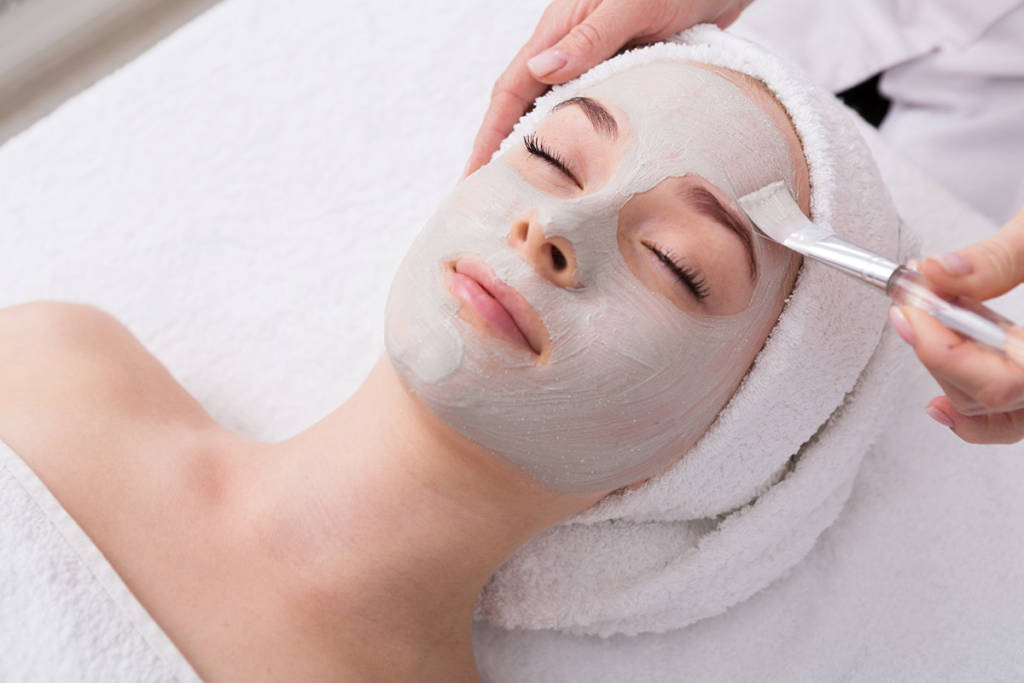Autumn and winter are the best seasons for undergoing cosmetic and aesthetic medicine treatments and procedures. A chemical peel is among the ones you should try. It is extremely popular and effective, enhancing both the looks and condition of skin. The most interesting thing is you can do it at home. How? Read the text thoroughly to find all you need.
What is a chemical peel?
A chemical peel is an aesthetic medicine treatment which has anti-ageing properties, purifies, and triggers production of collagen and elastin. It is used for scars, pigmentation spots and wrinkles on the skin of face, neck, chest or back. You can do a superficial and medium peel at home yet you should consult your dermatologist before the treatment.
What a chemical peel involves? Types of chemical peel
The treatment involves removing dead cells or deep skin layers with a chemical substance having proper concentration. There are three basic types of chemical peel:
- superficial – during the treatment, epidermis is removed in order to eliminate fine lines, acne and minor pigmentation spots;
- medium – this type of peel purifies epidermis and dermis thus smoothes deeper wrinkles and scars, and brightens pigmentation spots;
- deep – acts like medium peel; stronger chemical solutions are used, though. Also, it’s carried out by a doctor and treats deep skin damage.
How to do chemical peel at home?
If you’re planning on an at-home chemical peel, remember to be careful. It’s best to carry out such treatments having knowledge about acids and a skin type. Otherwise, you can do lots of harm to yourself. Before applying a solution, check its pH; the best value ranges from 5 to 6.
For preparing a solution, use glass dishes and lab tools (a measuring cap, a spoon). After mixing the acids thoroughly, apply them to skin with a cotton pad or a brush. After a few mins you need to neutralize the acid’s work – apply a soothing agent. I’ve heard that baking soda works best for home purposes.
Chemical peel in a beauty clinic
Four weeks before the chemical peel, you must give up on smoking and aspirin which thin the blood. A cosmetologist may advise on using an ointment giving better effects. Superficial chemical peel involves cleansing skin and applying a preparation that has a proper concentration. Gentle tingling or burning sensation may occur during the treatment. After a few minutes, the solution is rinsed out. Deep chemical peel is conducted in a slightly different way. A topical anesthetic is used to alleviate the pain. After the procedure, an ointment for reducing redness is used. Both deep and medium chemical peels leave skin irritated – the skin will be red and sensitive to the sun. Cold compresses and ointments are to soothe these ailments.
Chemical Peel – Effects
Results depend on the type of the peel and the concentration of the acid. Chemical peel:
- reduces pigmentation spots;
- evenes out skin tone;
- minimizes and cleans skin pores;
- lowers sebum secretion;
- eliminates acne lesions;
- removes scars, irons out wrinkles.
Chemical Peel – Indications & Contraindications
The indications for chemical peel: discolored skin, fine lines, wrinkles, photo ageing, scars. The treatment is safe and doesn’t require long recuperation. On the other hand, the contraindications include skin allergies, allergic reactions to the sun and the preparation’s ingredients, infections, pregnancy, breastfeeding, autoimmune diseases. Also, chemical peel isn’t recommended for people who have sensitive, vascular and irritation-prone skin.
Which chemical peels are your favorites?


Leave a Reply